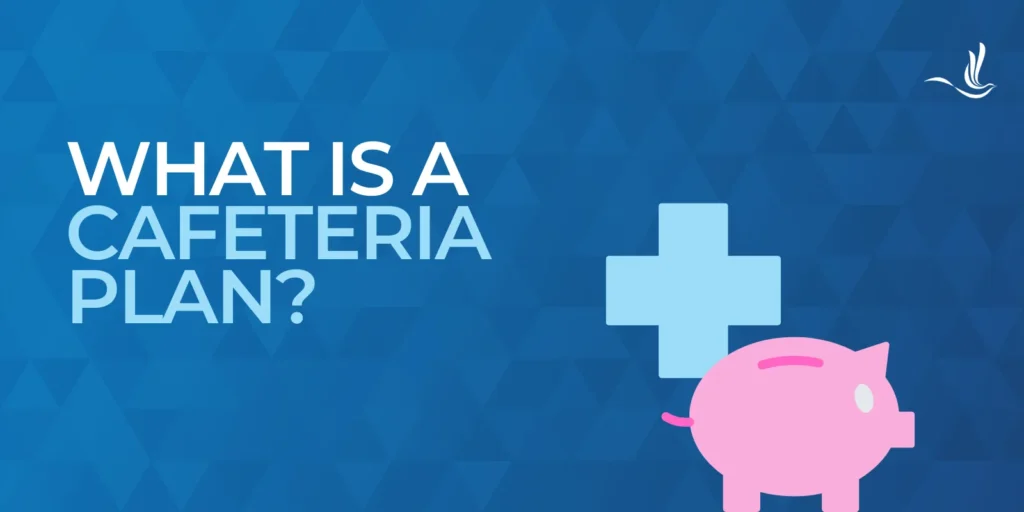
A cafeteria plan, also known as a Section 125 plan, is an employee benefit program that allows workers to choose from a variety of pre-tax benefit options. The name comes from the idea of a “cafeteria” where you can pick and choose what suits you best. They offer flexibility in creating a benefits package tailored to individual needs. These plans are designed to provide employees with options to reduce taxable income, allowing for greater savings on certain types of expenses, such as healthcare and dependent care.
How a Cafeteria Plan Works
In a cafeteria plan, employees typically select from a range of benefit options offered by their employer. Some of the common choices include:
- Health insurance premiums: Employees can pay health, dental, and vision insurance premiums with pre-tax dollars.
- Flexible spending accounts (FSAs): These accounts allow employees to set aside pre-tax income to cover healthcare or dependent care expenses.
- Health savings accounts (HSAs): If an employee is enrolled in a high-deductible health plan (HDHP), they can contribute to an HSA to save for qualified medical expenses.
- Group-term life insurance: Up to $50,000 of coverage can be included as a pre-tax benefit.
- Dependent care assistance programs: Pre-tax contributions can be used for childcare expenses or care for disabled dependents.
Employees determine the benefits they wish to contribute to. They then allocate part of their salary toward them before taxes are calculated.
Types of Cafeteria Plans
- Full Cafeteria Plan: This offers the widest range of benefit choices. It allows employees to opt for several pre-tax options, including health, dental, vision, and dependent care. It often includes flexible spending accounts and insurance premium contributions.
- Premium-Only Plan (POP): This is a simplified version of the cafeteria plan. Employees can use pre-tax dollars only to pay for their share of insurance premiums. Examples include health, dental, and vision insurance.
- Flexible Spending Arrangement (FSA): Employees can contribute pre-tax dollars to an FSA to pay for qualified healthcare or dependent care expenses. However, these accounts usually follow a “use-it-or-lose-it” rule. In other words, any unused funds may be forfeited at the end of the plan year.
How a Cafeteria Plan Affects Taxes
The primary benefit of a cafeteria plan is tax savings for both employees and employers. One way it does this is by reducing taxable income for employees. Contributions to cafeteria plans are deducted from an employee’s gross income. This reduces the amount of income subject to federal income taxes, Social Security (FICA), and Medicare taxes. For example, if an employee earns $50,000 annually and contributes $5,000 to a cafeteria plan for health insurance and dependent care, only $45,000 of their salary is taxable. By using pre-tax dollars for eligible expenses, employees save on taxes and increase their take-home pay.
There are also advantages for employers, specifically their share of FICA and Medicare taxes. Additionally, because cafeteria plans are typically considered a non-taxable fringe benefit, employers may reduce certain other tax liabilities as well.
Tax Help for Those Who Owe
Cafeteria plans are a popular way for employees to enjoy more control over their benefits while reducing their tax liabilities. By allowing for pre-tax contributions to healthcare, dependent care, and other qualified expenses, employees can lower their taxable income and maximize their benefits. Employers, in turn, benefit from reduced payroll taxes and an enhanced ability to attract and retain talent. Understanding the tax implications and long-term effects can help both employees and employers make the most of these plans. Optima Tax Relief is the nation’s leading tax resolution firm with over a decade of experience helping taxpayers.
If You Need Tax Help, Contact Us Today for a Free Consultation